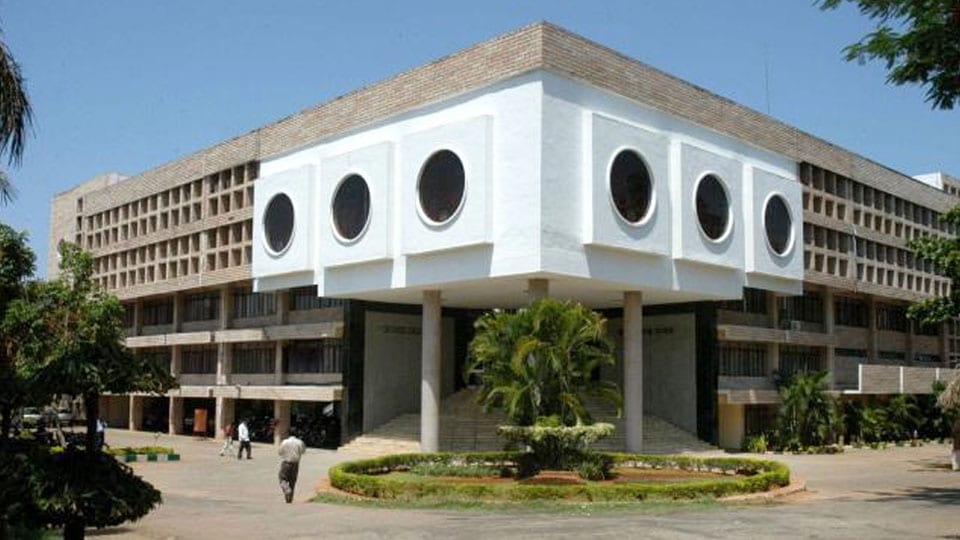Mysuru hosts the Central Institute of Indian Languages (CIIL), set up in 1969 to help in evolving and implementing the language policy of Government of India, essentially based on research covering language analysis, language pedagogy and language use in society. Its Regional Language Centres conduct teacher-training programmes for secondary school teachers deputed by States and Union Territories in languages other than their mother tongue. Despite the laudable work of the institute in the vast area of languages, particularly the multitude of tongues in which the land’s people communicate among themselves across its length and breadth, currently estimated at 135 crore, the number of languages that have their exclusive script in current use is a mere fraction of the total number of the country’s languages, including those without script. Nearer home, Kodava, Tulu and Konkani serve as examples that are yet to have their exclusive script. The three-language formula based on Hindi, English and another regional language such as Kannada, Tamil and Telugu, adopted in official circles and also for display of information about public utilities such as roads is a classic example of addressing language-related matters.
Learning to first understand and then to communicate in more languages than that learnt in childhood can be a fascinating experience that brings a sense of boundless delight as fluency marks the dialogue. Speaking in the language of persons from another region, to borrow a line from Shakespeare, delights him that speaks and him that hears.
Shedding the frog-in-the-well attitude in the matter of knowledge relating to languages of India, numbering more than 1,500, happens when one journeys even short distances across different territories. A long journey by the nation’s Railways is the best way of dispelling ignorance of the richness of India’s tongues in their variety and more importantly the feature of words in one language almost the same in another language. Although the 36 States and Union Territories were decided upon in the 1950s on the basis of languages spoken in respective territories, in addition to inter-regional diversity of languages across the country, its every region hosts people speaking the same language in many different ways, both vocabulary-wise and intonation-wise.
Days ahead will witness more exiting action on language front. Under the Bhaasha Sangam project initiated by the Ministry of Human Resources Development with the slogan Ek Bharat Shreshta Bharat, students across the country will get introduced to 22 languages in a span of one month. Success of the project by enthusiastic response from the students can result in tsunami-like torrent of tongues.








Recent Comments